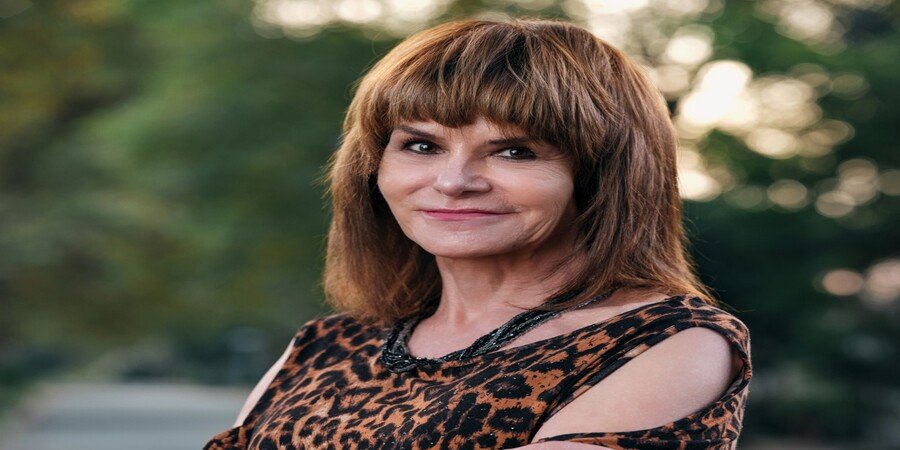Education is the basis for progress in all societies, but for too long, the value of indigenous knowledge has been ignored. Indigenous learning systems are based on being in harmony with the earth, the community, and the spirit. They have important lessons for the modern world. As global education systems work toward sustainability, inclusivity, and meaning, indigenous perspectives show us a way to live knowledge instead of just learning it.
Connection is the Heart of Learning
Indigenous education starts with making connections, like to land, people, and a goal. Learning doesn’t just happen in classrooms; it happens in everyday life as well. Observation, participation, and reflection all help us understand things better. Knowledge is not divided into subjects; rather, it is interconnected through relationships and experiences. This method turns education into a living process where wisdom grows through shared stories, working together to solve problems, and respecting nature.
Tales as Living Classrooms
In many native cultures, stories are how people pass on their truths and traditions. Elders teach by telling stories that teach lessons about kindness, bravery, and living together. Every story has many meanings, and they all teach us something about history and morality. When these oral traditions are used in schools, they help kids learn to care about others, understand different cultures, and use their imaginations. Students learn how to think critically and feel deeply. They learn that wisdom can often be found in stories and memories.
Going Beyond Standardization
Modern education systems, which are based on industrialization, often put a lot of emphasis on competition and efficiency. They get students ready to be productive, but not always to have a purpose. Indigenous education counters this by fostering the holistic development of the individual, mind, body, and spirit. It sees curiosity as a way to show respect and creativity as a way to keep things going. Science, art, and ethics are all connected, just like life itself. This all-encompassing model helps students become not only skilled but also aware of their place in a larger human and ecological story.
Worldwide Movements for Indigenous Inclusion
Reforms in education are starting to include indigenous knowledge systems in many parts of the world. Māori values guide classrooms in New Zealand through ako, which means that teachers and students should help each other. In Canada, efforts to make peace have led to the inclusion of First Nations points of view in schools. Aboriginal teachers in Australia are creating programs that combine traditional languages and environmental knowledge with modern science. These projects aren’t about looking back; they’re about moving forward. They’re changing what it means to learn in a way that respects both heritage and humanity.
Learning that Defines You
When students see their culture, language, and way of seeing the world in their lessons, school becomes a mirror instead of a mold. Indigenous-based learning helps young people feel good about themselves and where they come from. It makes people feel better emotionally, boosts their confidence, and makes them feel like they belong. This empowerment makes students more interested in school and gives rise to a generation of learners who are proud of their heritage and able to adapt to new situations.
Advice for a World that Is Changing
Indigenous teachings provide essential perspectives on sustainability as the world faces climate instability. Traditional ecological knowledge teaches how to live in harmony with nature, show respect for it, and give and take. It shows that the health of the planet is directly related to the survival of humans. By teaching these lessons in school, we can raise environmental awareness from a young age and get future leaders ready to be humble and responsible when it comes to new ideas.
Using Technology to Keep Things Safe
People often think of technology as a sign of modernization, but it can also connect people to the past. Indigenous groups are using digital tools to keep their languages, stories, and teachings alive and share them with others. These new ideas, like online archives and interactive storytelling apps, help keep ancient wisdom alive in new ways. But this process must always be based on respect, which will protect sacred knowledge and let the voices of the community lead the way.
Learning to Build a Shared Future
To change the way we think about education through indigenous perspectives, we need to work together and show respect. Governments, schools, and communities need to work together to support culturally relevant curricula and schools run by indigenous people. Real progress starts when schools value all kinds of knowledge equally and see diversity as a strength. Bringing in indigenous knowledge doesn’t break up learning; it makes it deeper.
A Return to Meaning
Looking at education from an indigenous point of view is not only a way to keep it alive, but also a way to change it. It teaches that learning is not just a way to get a job, but a way to understand yourself, your community, and the natural world for the rest of your life. This vision sees education as more than just a way to help people succeed; it also sees it as a way to bring people together and share responsibility.
Education can once again become what it was always meant to be: a journey of growth guided by wisdom, rooted in culture, and inspired by the lasting connection between people and the earth.



